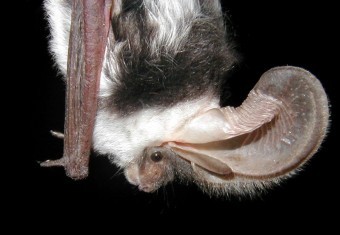

Abstract
White-nose syndrome (WNS) is causing rapid, unprecedented population declines in several North American species of hibernating bats. The newly discovered, cold-growing fungus Geomyces destructans is the infectious agent of WNS. Geomyces destructans causes extensive and severe lesions in the living skin tissues of bats while they hibernate. Mechanisms of disease associated with G. destructans seem specific to hibernating bats and are most analogous to chytridiomycosis, a fungal disease in amphibians. Chytridiomycosis is currently thought to be causing a catastrophic decline of amphibians across the globe. The overall goals of this project, therefore, are to determine which host ecological strategies relating to hibernation and daily torpor of bats, in combination with growth dynamics of G. destructans, drive WNS outbreaks and spread. It is important to know the mechanisms of infection transmission for G. destructans if predictions are to be made about its spread and informed policy decisions are to be made and implemented to minimize the effects of WNS. Only when these disease mechanisms are understood can we predict which species might be affected by WNS, and how the loss of these species might impact ecosystems. Working in collaboration with the U.S. Geological Survey, I propose to use a model-guided study approach, with integrated modeling and empirical field and laboratory studies. This approach is a new conceptual framework for disease ecology studies and will help inform WNS surveillance policy from the outset. The modeling framework will allow predictions to be made about which bat species in North America are likely to be affected by WNS, and allow comparative studies between European and American systems.
